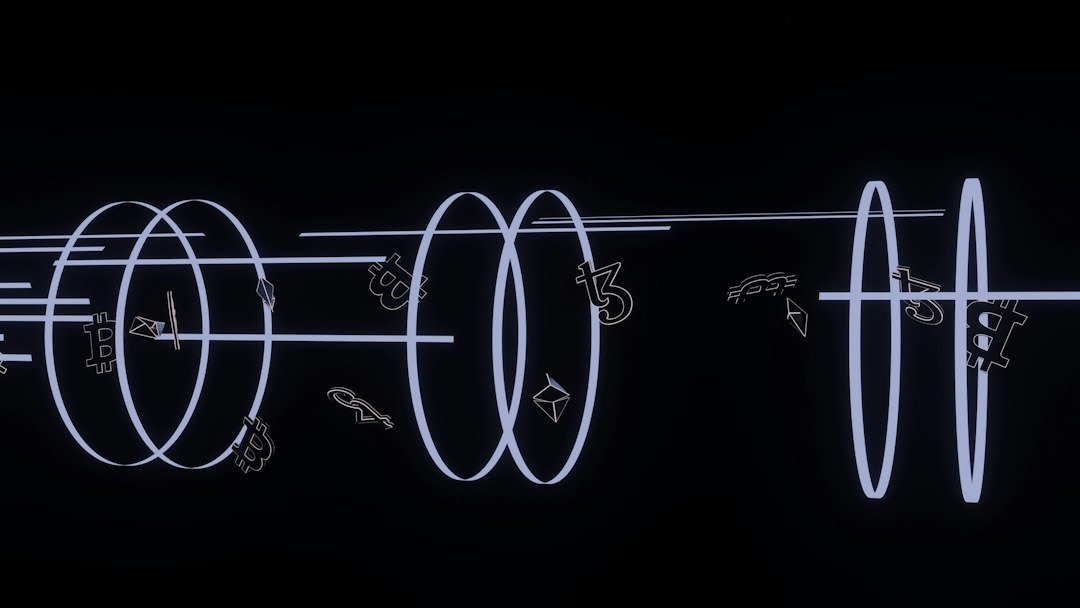Ethereum’s Co-Founder Sparks Debate on Layer 2 Scaling Solutions
Ethereum’s co-founder, Vitalik Buterin, has ignited a significant discussion within the crypto community regarding the classification and nature of layer 2 scaling solutions, particularly focusing on the concept of validiums. This debate stems from Buterin’s agreement with Daniel Wang, the founder of Ethereum rollup solution Taiko, regarding the classification of certain layer-2 solutions as validiums.
Validiums vs. Traditional Rollups
Buterin supports Wang’s viewpoint that Ethereum rollups utilizing external data chains should be considered validiums instead of traditional rollups. The key distinction lies in the security guarantees provided by these solutions. While rollups offer unconditional security guarantees, validium networks compromise this level of security by relying on external systems for data availability.
The Nature of Validiums
Validiums are a subset of Ethereum scaling solutions that use zero-knowledge proofs to facilitate off-chain transactions while depending on Ethereum’s mainnet for security and verification. Unlike zero-knowledge rollups, validiums do not post full transaction data to the main chain but instead post cryptographic proofs of transaction validity, aiming for greater scalability. However, this approach relies on operators to post honest proofs, which poses challenges in terms of data availability.
A Conceptual Debate
The debate surrounding validiums and their classification as layer-2 solutions goes beyond technical aspects and reflects the evolving nature of Ethereum’s infrastructure and diverse perspectives within its community. Buterin suggests new terminologies to describe different types of systems, such as “strong” for security-focused systems and “light” for scale-focused systems like validiums. This conversation delves into the trade-offs between security, decentralization, and scalability in Ethereum’s layer-2 development.
Increasing Adoption of Layer-2 Networks
Despite the ongoing debates, the adoption of layer-2 networks like Arbitrum and Optimism is on the rise, indicating growing interest and investment in Ethereum’s scaling solutions. The upcoming Ethereum Merge upgrade is expected to further enhance the efficiency and appeal of these networks.
Hot Take: Ethereum’s Evolution and Challenges
Ethereum’s journey parallels the early days of the internet, transitioning from a niche technology to a mainstream platform. As Ethereum undergoes significant technical transitions, including the layer-2 scaling transition, it faces challenges similar to those overcome by the internet. This evolution, exemplified by debates like Buterin’s recent one, showcases Ethereum’s dynamic and innovative community striving to balance scalability, security, and decentralization.
Blount Charleston stands out as a distinguished crypto analyst, researcher, and editor, renowned for his multifaceted contributions to the field of cryptocurrencies. With a meticulous approach to research and analysis, he brings clarity to intricate crypto concepts, making them accessible to a wide audience.

